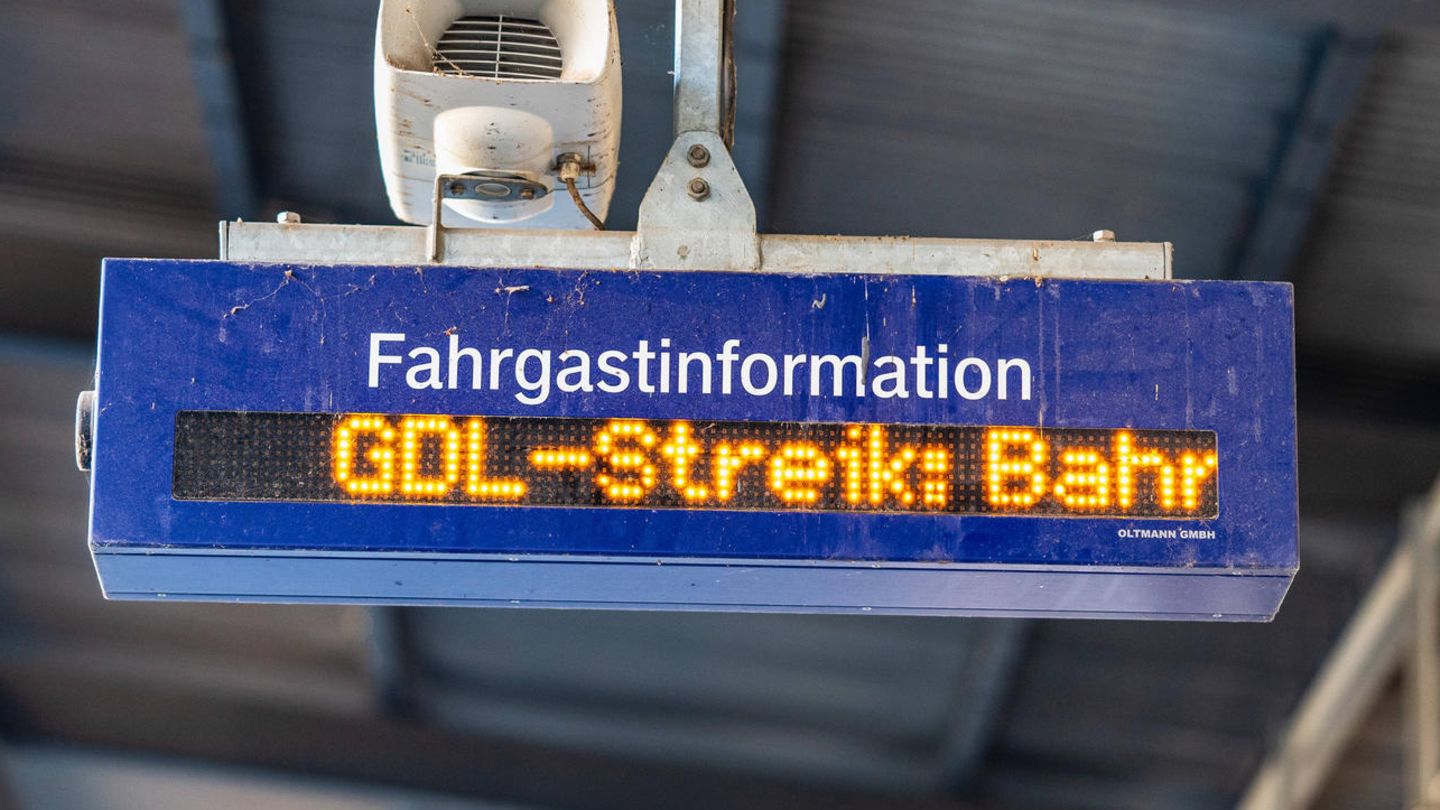GDL boss Claus Weselsky has announced “wave strikes”. What is special about this tactic and what does it mean for employers and passengers?
Train drivers will once again need good nerves from Thursday: the train drivers’ union (GDL) has announced new strikes. According to its boss Claus Weselsky, the GDL wants to rely on “wave strikes” in the ongoing industrial dispute. For passengers and the railway, this means above all that it is much more difficult for them to adapt to the strikes. The GDL will no longer announce the strikes at least 48 hours in advance, as was previously the case.
Wave strikes and their duration are often not announced at all. Furthermore, they do not affect the entire company. The work stoppage takes place at short notice and one after the other in individual departments or shifts. It can also be ended just as immediately if it no longer has any effect – for example, in the case of the railway, if an emergency timetable for the affected area has started. The aim of this tactic is to disrupt operations in various areas unexpectedly and successively, i.e. in a “wave” manner, and to make it difficult or impossible for the employer to plan defensive measures. In the case of the GDL strikes, in the worst case scenario for them, travelers will be just as surprised by the strikes as the railway itself. However, Weselsky spoke to RTL at least about announcing the cancellations. However, he did not say how far in advance.
There have not yet been any wave strikes on the railway
As the Verdi union reports on its website, the case law of the Federal Labor Court (BAG) has so far seen wave strikes as “primarily the goal of indirectly causing the greatest possible damage to the employer side with the smallest possible number of employees.” One consequence is that after the measure has ended, the employer is not obliged to accept and remunerate the work offered again until the end of a shift. Setting up and operating an emergency timetable during a strike with a replacement team of strikebreakers could, according to this reading, be a permissible defensive measure on the part of the employer. The principles of industrial dispute risk apply.
Tariff conflict
Means with (side) effects: the successes of the GDL strikes in the past
“However, the remuneration claims of employees who offered their work after the end of the wave strike only lapse if the employer does not take preventive measures that go beyond pure resistance and expand the scope of the industrial dispute,” Verdi continues . This means: If, for example, the railway wants to serve a certain area with a replacement team as a precautionary measure because it fears strikes there, this does not exempt it from the obligation to continue paying wages.
According to Verdi, wave strikes in Germany have played a role in the past, especially in newspaper and magazine production. In English-speaking countries, wave strikes are called “rolling strikes”. In England they were used in the mining industry in the past, and in the USA last year in the automotive industry. According to human resources manager Martin Seiler, there have never been any strikes of this kind at the railway. The railway called it a “blatant imposition” for its passengers.
Sources:,
Source: Stern




